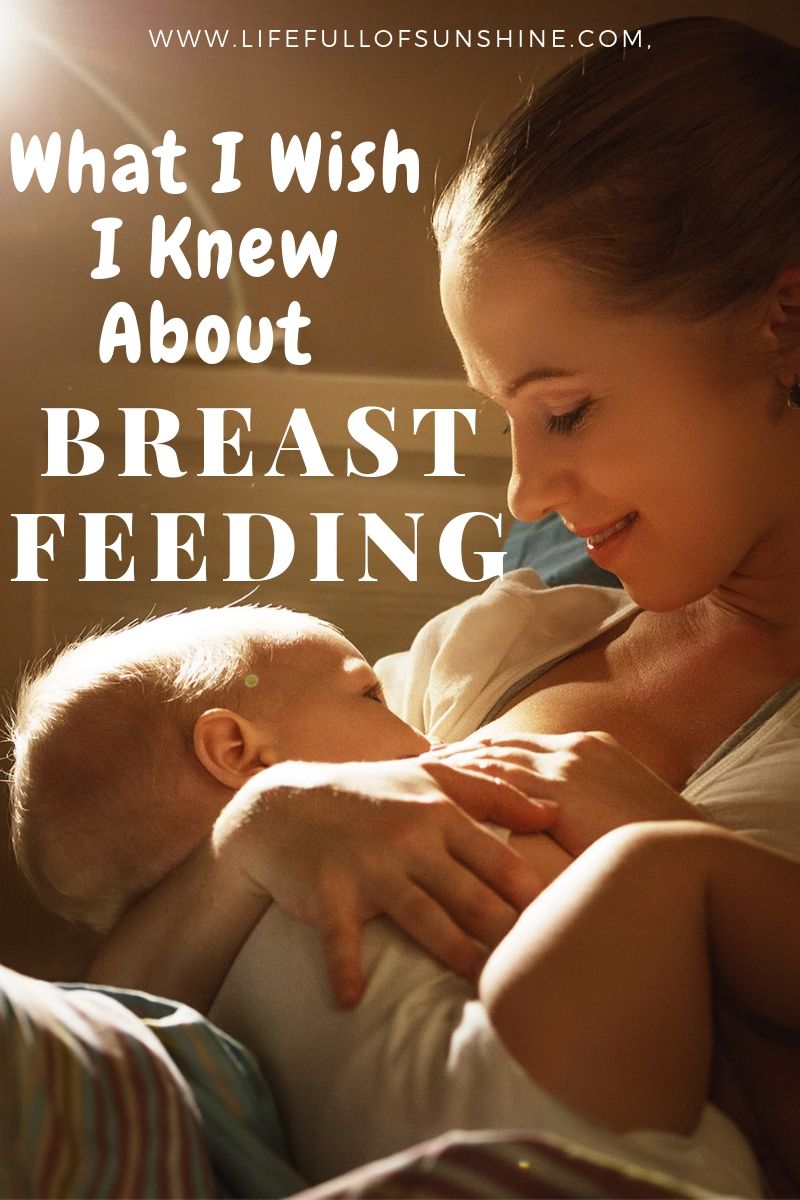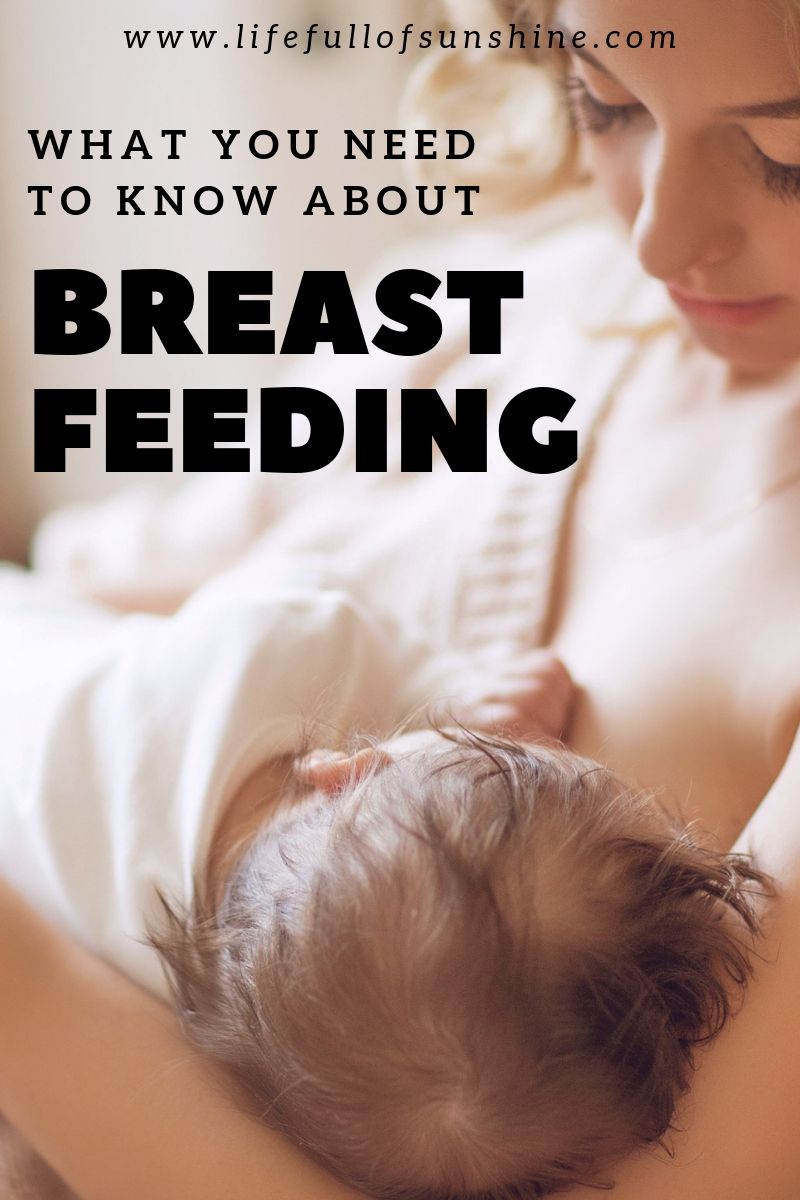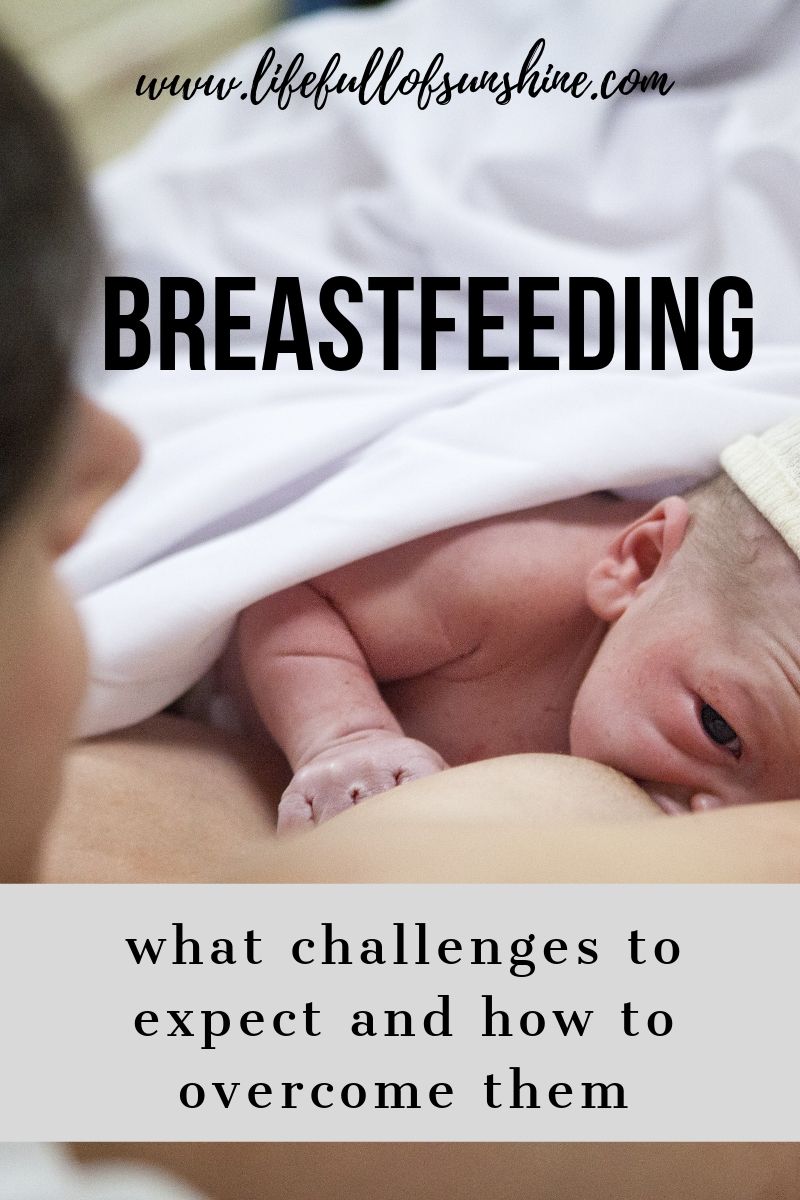WHAT i wish i knew about
breastfeeding
Breastfeeding is one of those things that you never really think about before it hits you like a brick wall. Before I had any of my babies, I didn’t think much about it. I knew I wanted to breastfeed my kids but I wasn’t told anything about it. Even during my first pregnancy, breastfeeding didn’t strike me as something I needed to read about or prepare myself for. It would come naturally to me, wouldn’t it? I guess ignorance is bliss to a certain degree. But four babies later, I have come to learn that, had I prepared myself or even informed myself of some of the challenges that lay ahead of me, I would have dealt with the journey of breastfeeding far better.
The first information I got about breastfeeding came when I was about 35 weeks pregnant with my first baby from a friend of mine who had just given birth. She sat me down and told me some hard truths. It was that conversation that made me look further into the nursing journey and create some game plans for when things got tough. I wanna pass on some of the tips and tricks that I found most useful in my own breastfeeding journey – one that I’m still on right now with my sweet 7 month old.

1. the first milk you will produce is called colostrum
It’s been termed liquid gold for how rich it is in antibodies and protein. Colostrum is a yellow thin liquid that your body starts producing even before your baby is born. You will not produce too much of it because a newborn’s tummy can’t fit that much milk in the beginning anyway. But this stuff is jam-packed with goodness. Your baby will be getting colostrum for about 3-6 days until your milk comes in.
2. milk supply
I always thought that once my baby is born, I’ll put them on my breast and be done with it. They’ll kind of do what they need to do, right? Well, it turns out there are a few bumps along the road. The amount of milk each woman produces varies. Some of us will produce so much milk that our breasts will leak through our bra, pyjamas and bed sheets. Some of us will struggle with low milk supply and will need to supplement with formula or take medications that help with production. Then, there are lots of us in between these two extremes. Regardless of where you are along this spectrum, just know that you cannot control the amount of milk you are producing, so having low supply is not at all your fault. Things that help increase milk supply include staying hydrated and nursing the baby as often as possible. But if your nursing plan needs to change slightly, don’t give up. Just roll with the punches, then get up and try again.
3. baby’s ability to suck
Some babies are born with the ability to suck like a barracuda. Some others are brought to the breast and seem to have no idea what to do there. The strength of the baby’s suck, though, can affect their ability to get enough milk. If the baby’s suck is too weak, there are a few ways to deal with it. Some mamas choose to pump and feed their baby breast milk from a bottle until their suck gets strong enough to nurse at the breast. Some mamas both nurse and pump to bottle feed. You’ll find what works for you and your baby. At the end of the day, the important thing, if you’re choosing to stick to breastfeeding, is that you stick with it. Don’t be hard on yourself but don’t give up either. Just prepare yourself that it isn’t a smooth path and then get your mind in gear to push through.

4. baby’s latch
Turns out that when you bring a newborn to your breast for the first time, it doesn’t just attach itself seamlessly and start feeding. Apparently, a baby needs to properly latch to your nipple in order to be able to draw out your milk. This latch thing is not natural to us mamas. It feels really weird at first and it can get frustrating to both you and the baby when you’re trying over and over to get the baby to attach to your breast and it just isn’t happening. There are tons of Youtube videos about proper latch but the two things I found to be most useful are these (don’t laugh): nipple to nose, and nipple burger.
I know. They sound ridiculous. But hear me out.
Nipple to nose refers to the position you need to hold the baby in order to encourage proper latch. Baby’s nose needs to be right in front of your nipple as you bring baby in for a latch. Naturally, we tend to bring baby’s mouth to the nipple because we figure that’s where the nipple needs to go. But baby needs to open the mouth by leaning back and this brings baby’s face upwards. As you bring baby’s nose closer to the nipple, the baby will smell the milk and open the mouth naturally.
Nipple burger refers to how you are to physically latch your baby. Think about how you take a bite of a burger in slow motion. When you’re about to take a bite of a burger, you bring your chin and bottom lip under the burger, kind of attach them there and then bring your top jaw over the top of the burger and bite. The baby’s latch needs to make these exact motions. Bring baby in so that their chin and bottom lip come to the nipple first then actually bring their little head over so that their top lip bites over like a burger. In the same time, push your nipple into their mouth as they latch.
It might not seem natural at first, but there will be breastfeeding consultants and nurses that will offer tons of help. Be ready to be touched and grabbed in ways you did not know were coming.
5. breastfeeding hurts
This is probably the one that throws new moms off the most. Our nipples are not used to being consistently sucked on by little piranhas. So it turns out that the friction caused by the baby’s suck hurts. A lot. Sometimes it’ll cause little cuts on the nipple. And two to three hours later, you gotta latch that baby on again. Look, I really don’t mean to scare anyone. I am a huge advocate of breastfeeding and I did it with all four of my babies. But I just wish I knew how much it hurts so that I don’t freak out when it happens. It can be pretty painful to nurse for the first month of baby’s life, but it’s at its worst by the end of the first week. There are a few products available to help with this phase of nursing. I used something called a nipple shield in the first couple of weeks of nursing. It’s a thin plastic cover that goes on your nipple before you latch the baby. It helps with latching and also causes a bit of breast milk to remain on your nipple and act as a medicine to soothe the dry cracks and promote healing. There are also several nipple creams that I used after each feed to ease the pain and decrease dryness. The thing you must focus on is that the pain will ease and the discomfort will go away, and eventually, it won’t hurt at all.
6. when the milk first comes in, breasts get engorged
On about day 4 or 5 after baby’s birth, your milk comes in. This is the thicker, white milk that is produced after the initial colostrum. At this point, your body doesn’t really know how much your baby wants. So it makes a lot of milk. Turns out that breasts don’t love being filled to the brim with milk. It can get pretty uncomfortable when the breasts fill with milk and the baby isn’t nursing much. The only real relief is to get the milk out whether by feeding baby or pumping. I was told to be careful though because the more you pump, the more your body will assume it needs to make more milk. Quite honestly, I found that it wasn’t a big deal if I pumped just enough to relief the discomfort. As a matter of fact, pumping to relief the pain in the first couple of weeks helped me a lot. Other things that helped relief engorgement were warm showers and warm compresses on the engorged breast.

7. milk ducts in the breast can become plugged
Here’s another curve ball for you. When you think you finally have it down, you get this weird pain in one breast and it feels like it’s engorged in only one spot. That’s called a plugged duct. More than being uncomfortable, if not fixed promptly, it can lead to a breast infection called mastitis – and nobody wants that. Though this happened to me several times, thankfully, it never built up to an infection. What worked very well for me are frequent feedings on that same breast, pumping, warm compresses and massaging the breast where the plugged duct is down toward the nipple. It also takes patience and a reminder to not panic. Just calmly work through it and bring it up to a doctor if it hasn’t resolved in a couple of days, if it starts to get red or hot or if you develop a fever.
8. make a plan on how you’ll breastfeed when you’re in public
Once you’ve committed to breastfeeding your baby, you will be signing a contract to remain available to the baby every 2-3 hours for the next few months.
Okay, there are loopholes in this contract. You could pump and have someone else feed the baby for example. But the fact of the matter is that you’ll need to breastfeed a lot. Some of those times, you’ll be in public, so you need to think about how you’ll nurse when you’re out and about. Maybe you’ll just grab a seat anywhere and just feed the baby. Maybe you prefer to use a feeding cover. Maybe you’ll choose to pump and have a bottle ready whenever you go out. Don’t ever feel like you’re doing something inappropriate when you’re nursing your little one. Find your comfort zone and own it mama.
9. breastfeeding is tiring
When I was pregnant, I remember reading that pregnancy burns about 200-300 calories per day and that breastfeeding burns about 300-500 calories per day. I remember wondering why that is. Isn’t your body working hard to grow a baby while pregnant? How hard can it be to make some milk? Turns out it takes a lot of hard work to make some milk. When I started breastfeeding my first baby, I found that I was constantly hungry, thirsty and exhausted. It really did feel like my body was working hard. And for good reason. You’re making the food that can single-handedly sustain your baby for months. I loved making a little quiet nursing station in my room where I had a bottle of water, a good internet connection and some breast pads.
10. you will get discouraged
Look mama. Nothing in this incredible journey of motherhood comes easily. But that doesn’t mean that it isn’t worth it. I love breastfeeding. I don’t only love it for the wonderful benefits it has for the baby, it has also given me the opportunity to spend some quiet, bonding time with each one of my babies. It’s pretty marvellous that breastfeeding pretty much forces a mommy to sit still and embrace her baby regularly every couple of hours. But, like most other great things in life, it doesn’t necessarily come naturally and it requires a lot of practice and hard work. I can’t count the number of times I was told to just give in already and give formula. I was told it would be easier or faster or better. Look, I’m not against formula. I don’t see it as an inferior choice nor do I judge anyone who uses it for their baby. Each mommy knows what’s best for her family and I respect that very much. Formula just isn’t the route I had chosen and I wanted to fight for my choice. So if you choose breastfeeding, be prepared to fight for it. The journey is bumpy but so enjoyable.

What are some of your best breastfeeding tips or some things you wish you knew before you started nursing?



![[GUEST POST] Common Myths about Early Weaning](https://lifefullofsunshine.com/wp-content/uploads/2019/09/AdobeStock_118583949-440x264.jpeg)
